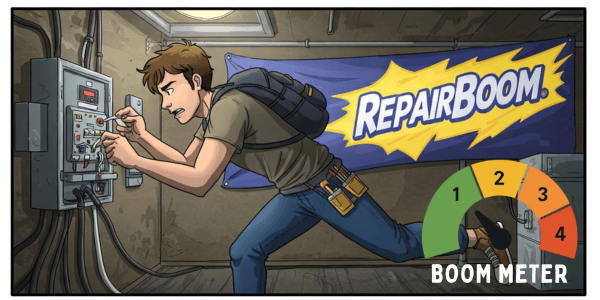What to Do in a Power Outage: A Step-by-Step Guide
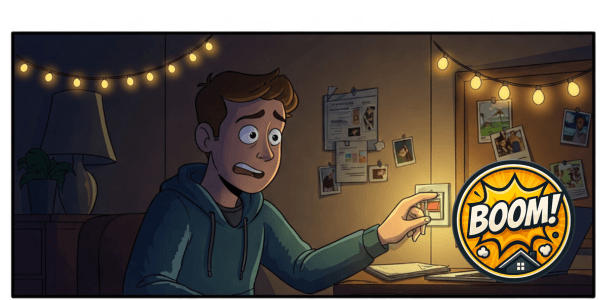
- What to Do in a Power Outage: A Step-by-Step Guide
- Introduction – Troubleshooting a Power Outage
- Tools You May need to Troubleshoot no power
- Recommended Supplies & Tools
- Step 1: First, check with Your Power Provider
- Step 2: Next, Hit the Breaker Box
- Step 4: Check Those GFCI Outlets
- Step 5: Test Circuits Like a Boss (If Needed)
- FAQ – MY POWER WENT OUT
Introduction – Troubleshooting a Power Outage
“Help! my power went out”, you’re probably wondering what’s next and how to handle the situation. Maybe you’ve already noticed the telltale signs: lights flickering ominously before going dark, appliances abruptly shutting off mid-use, or that unsettling silence replacing the familiar hum of electricity that keeps your home alive. There’s no need to freak out—what to do in an outage is far less daunting than it might feel in the moment.
Believe it or not, troubleshooting a power outage at home doesn’t have to be a headache, and you can often sort it out without dragging an electrician into the mix. With a handful of practical, no-nonsense steps, you can zero in on the root of the problem, potentially get the lights back on, and return to your routine without too much hassle. Whether it’s a tripped breaker, a localized issue, or something bigger, taking a calm and methodical approach will serve you better than panic. So, if my power went out hits you out of nowhere, stick with me—knowing what to do in an outage can turn a frustrating blackout into a quick fix and a minor inconvenience.
Tools You May need to Troubleshoot no power
(Links posted are affiliate sponsored Links and purchases directly support our operation. We stand behind the products we recommend)
Step 1: First, check with Your Power Provider
When “my power went out” strikes, first figure out if it’s a major issue or just your place. Grab your phone and dial your power company, or even better, pull up their outage map online to get the scoop. If they confirm it’s a widespread problem, relax—it’s not only you in the dark. But if your home’s the lone blackout spot, let’s move on to the next move. This is the first step of what to do in an outage
- Check Outage Status – Southern Californian Edison is the local provider in my area
- Check Outage Status – PG&E – PG&E Outage Map
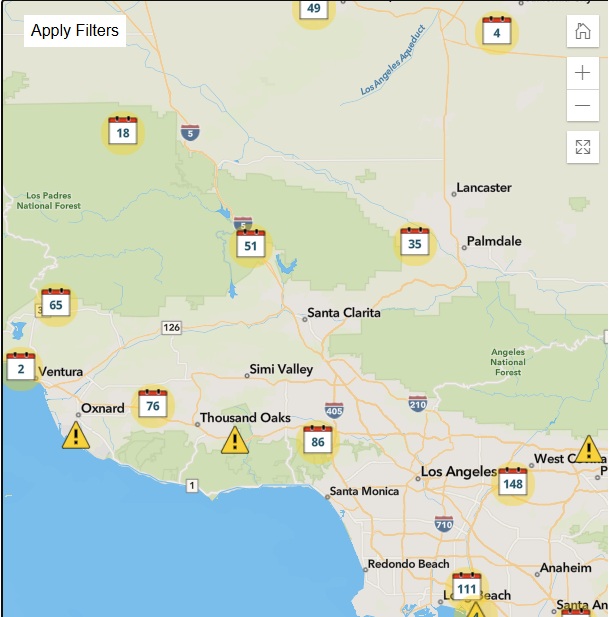
Step 2: Next, Hit the Breaker Box
Now that “my power went out,” is confirmed it’s time to track down your breaker box—don’t worry if you’ve never hunted for it before! When troubleshooting no power, locating this key player is your first move, and it’s easier than you might think. Start by checking typical renter-friendly spots: peek inside your apartment’s closet, a common hiding place for these metal panels. No dice? Head to the kitchen and look near the back door, or swing by the bathroom to check behind an odd cabinet. Still coming up empty?
In older buildings, the breaker box might be tucked away in the basement or a hallway—so grab a flashlight and hunt for a metal box with a flip-down door. Once you’ve found it, pop it open and scan for tripped breakers—those switches that are either fully off or awkwardly stuck in the middle. Here’s what to do in an outage: flip each one completely off, then back on, one at a time. If you’re lucky enough to have labels like “kitchen” or “bedroom,” test those areas after each flip to see if the power kicks back on.
If the lights suddenly blaze to life, jackpot—you’ve just solved your power outage, If the darkness lingers, no stress—let’s move on to the next step in troubleshooting no power.
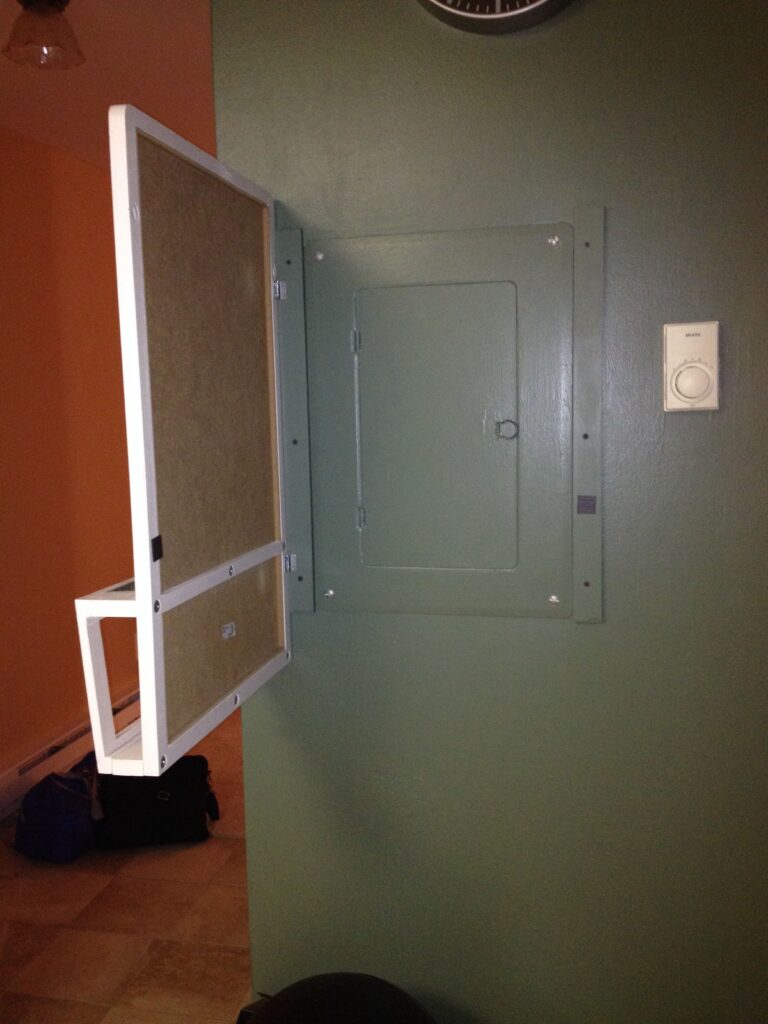
Step 4: Check Those GFCI Outlets
Next, let’s zero in on GFCI outlets—your hidden ace when your power goes out and throws you a curveball. These aren’t your average outlets; they’ve got two buttons (usually labeled “test” and “reset”) smack between the plug slots, and they’re clutch for troubleshooting no power. You’ll typically find them in damp-prone spots, so here’s what to do in an outage: kick things off in the kitchen—scope out areas near the sink or countertop, prime GFCI territory. No luck? Swing by the bathroom and check around the mirror or near the tub. Still searching?
In some setups, like apartments with quirky layouts, GFCIs might be tucked away in laundry corners or even a garage if you’ve got access. Once you spot one, grab a screwdriver for a solid grip if needed, then press that “reset” button hard—listen for a satisfying click or feel it snap back into place. After that, test the waters: plug in a lamp or charger nearby, or flip a light switch tied to that circuit. Why bother? A tripped GFCI can silently kill power to other outlets downstream, making it a sneaky culprit behind “my power went out.” If the juice flows again, boom—you’ve just nailed this DIY fix and crushed your power outage woes!
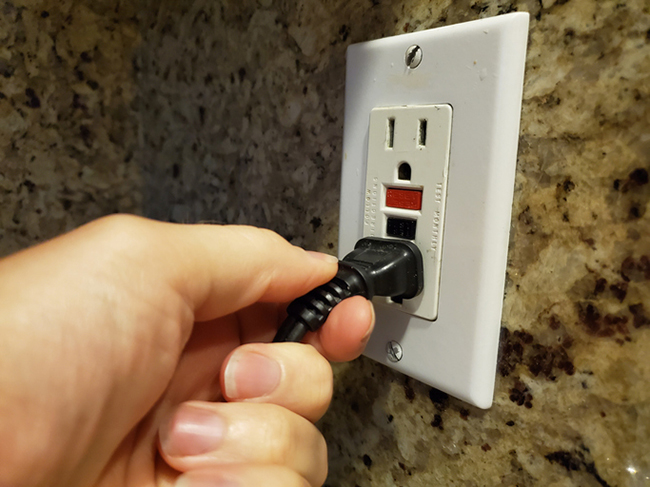
Step 5: Test Circuits Like a Boss (If Needed)
Still stuck in the dark after “my power went out”? Time to step up your game and troubleshoot no power like a pro with a voltage tester—your go-to tool for cracking stubborn outages. Start by picking a lifeless outlet—maybe the one near your couch or kitchen counter—and ensure nothing’s plugged in to keep things safe.
Then, grab your voltage tester (typically a handy pen-shaped device that lights up or beeps) and hold it close to the outlet’s slots—no need to jam it in, just hover nearby. If it lights up or chirps, power’s reaching that spot, hinting that a sneaky tripped breaker or GFCI you overlooked might still be the culprit. But if it stays dead silent, no electricity’s hitting that circuit, meaning the breaker reset didn’t cut it or there’s a deeper wiring issue.
Here’s what to do in an outage next: test a few more outlets across your space—hit one in the bedroom, then the bathroom—to map out where the power’s gone cold. If some outlets buzz with life while others stay dormant, you’re dealing with a partial outage—time to double-check more breakers or GFCIs. But if every outlet’s a ghost town, your main power feed might be fried, and that’s your cue to shoot a quick text to your landlord or ring up an electrician ASAP. Either way, with “my power went out” on the line, you’re sleuthing like a champ and closing in on the fix!
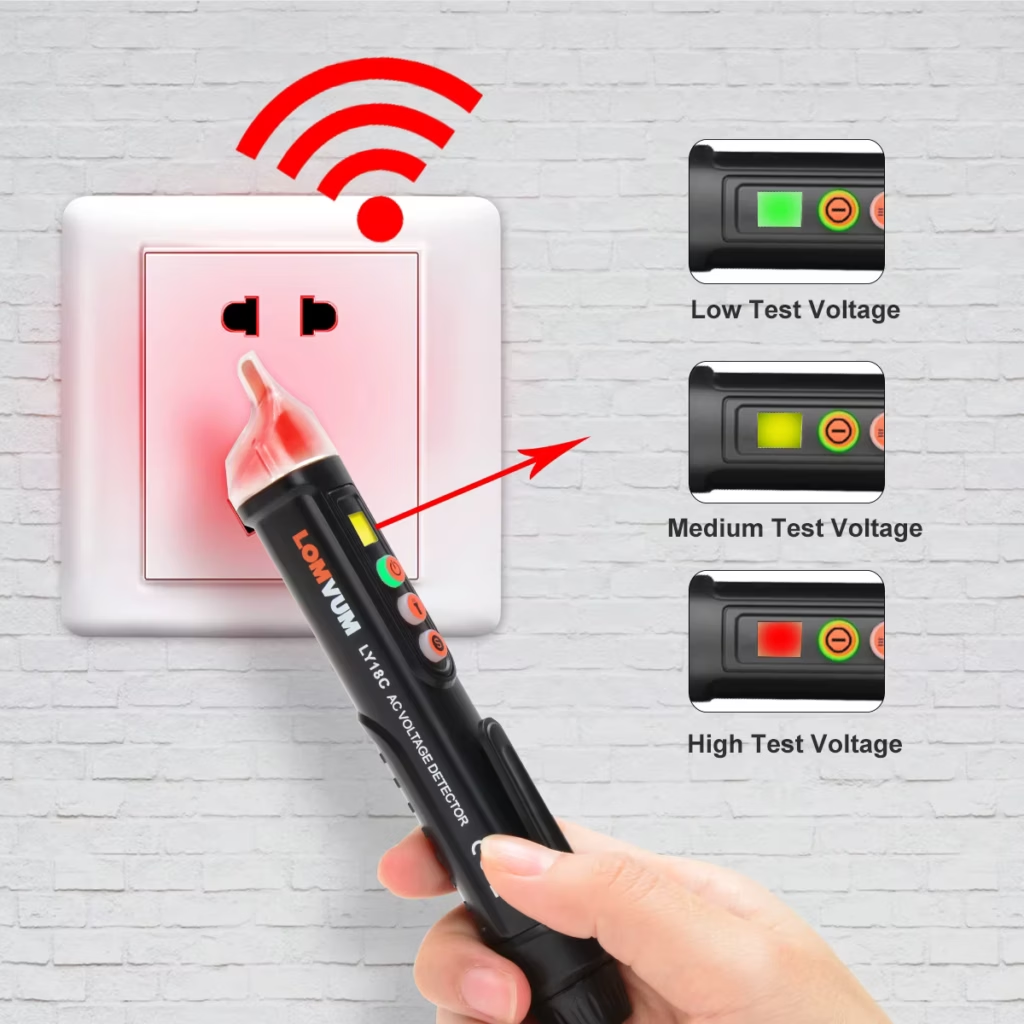
Boom Tips:
Know Your Lease: Peek at your rental agreement before Power Issues strike again. For example, if it says electrical fixes are on the landlord after 24 hours, you’ve got ammo to push ‘em to act fast—saving you cash and hassle.
Snap pics: of your breaker box and GFCI spots, plus note dead outlets. a power outage strikes, you’ll flex these skills and dodge landlord excuses. Boom—power’s yours!
Stock Up: Keep a stash of batteries or a cheap USB power bank (affiliate link) handy. So, when the lights dip, your phone stays juiced for outage checks or landlord texts.
FAQ – MY POWER WENT OUT
What causes a power outage in my rental home?
Power outages often stem from tripped breakers, faulty GFCI outlets, or external grid issues like storms or maintenance, as noted by utility providers like Southern California Edison. Check your breaker box or GFCI outlets first, but widespread outages require waiting for your power company to restore service. If the issue persists, contact your landlord to avoid liability for deeper electrical problems.
How do I know if my breaker is tripped during a power outage?
A tripped breaker is usually stuck in the middle or fully off position in your breaker box, often found in a closet or kitchen. Flip it completely off, then back on, and test lights or appliances to see if power returns, as outlined in our guide. If unsure, snap a photo of the box and consult your landlord for guidance.
Can I fix a power outage as a renter without breaking my lease?
Yes, minor troubleshooting like resetting breakers or GFCI outlets is typically allowed, as it’s non-invasive and doesn’t alter the property, per most lease agreements. Always check your lease first, and avoid tampering with wiring or panels beyond resets to stay deposit-safe. If the outage persists, notify your landlord to handle bigger issues.
What should I do if resetting breakers and GFCI outlets doesn’t restore power?
Use a non-contact voltage tester ($10–$20) to check if outlets have power; if they’re dead, the issue may be a main feed problem. Document your steps (e.g., breaker resets, GFCI checks) and contact your landlord or an electrician, as deeper issues require professional help. Prevent future outages by limiting high-wattage appliance use, as overloading can trip circuits.
How can I prepare for future power outages in my rental?
Keep a flashlight, spare batteries, and a charged USB power bank ($10–$15) ready to navigate outages and check outage maps (e.g., www.sce.com). Snap photos of your breaker box and GFCI locations for quick reference, and review your lease to know when landlord responsibility kicks in (often after 24 hours). Run high-wattage appliances one at a time to avoid tripping breakers and reduce outage risks.





